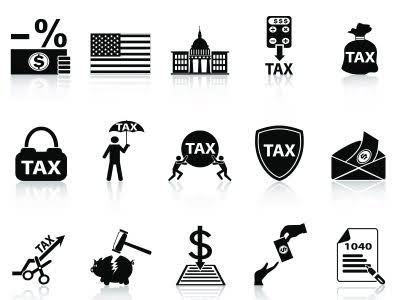
Salvage value is important in accounting as it displays the value of the asset on the organization’s books once it completely expenses the depreciation. It exhibits the value the company expects from selling the asset at the end of its useful life. From this, we know that a salvage value is used for determining the value of a good, machinery, or even a company. It is beneficial to the investors who can then use it to assess the right price of a good.
How the Alternative Income Fund addresses alternative investments’ challenges

If the same crane initially cost the company $50,000, then the total amount depreciated over its useful life is $45,000. Salvage value is also called scrap value and gives us the annual depreciation expense of a specific asset. It must be noted that the cost of the asset is recorded on the company’s balance sheet whereas the depreciation amount is recorded in the income statement. Book value is the historical cost of an asset less the accumulated depreciation Restaurant Cash Flow Management booked for that asset to date. This amount is carried on a company’s financial statement under noncurrent assets.
- On a more practical level, even if a salvage title car has been rebuilt to legal standards, it might not be in the best condition.
- Investment advisory services are only provided to clients of YieldStreet Management, LLC, an investment advisor registered with the Securities and Exchange Commission, pursuant to a written advisory agreement.
- We can also define the salvage value as the amount that an asset is estimated to be worth at the end of its useful life.
- Suppose a company spent $1 million purchasing machinery and tools, which are expected to be useful for five years and then be sold for $200k.
- It could be missing vital safety features like airbags, or develop potentially expensive problems later down the line.
- This method estimates depreciation based on the number of units an asset produces.
What is the difference between residual value, salvage value, and scrap value?

If it’s repaired and made roadworthy again, you may be issued a rebuilt title. 3 “Annual interest,” “Annualized Return” or “Target Returns” represents a projected annual target rate of interest or annualized target return, and not returns or interest actually obtained by fund investors. Some methods make the item lose more value at the start (accelerated methods), like declining balance, double-declining balance, and sum-of-the-years-digits. The depreciable amount is like the total loss of value after all the loss has been recorded. The carrying value is what the item is worth on the books as it’s losing value.

How to calculate Salvage Value?
Utilizing salvage value in investment and business operations carries both benefits and limitations. Based on your analysis and market research, you expect the building to have a useful life of 25 years. My Accounting Course is a world-class educational resource developed by experts to simplify accounting, finance, & investment analysis topics, so students and professionals can learn and propel their careers. Briefly, suppose we’re currently attempting to determine the salvage value of a car, which was purchased four years ago for $100,000.
How Is Salvage Value Calculated?
However, salvage value must remain realistic and compliant with accounting standards to avoid overstating asset values. Investments in private placements are speculative and involve a high degree of risk and those investors who cannot afford to lose their entire investment should not invest. Additionally, investors may receive illiquid and/or restricted securities that may be subject to holding period requirements and/or liquidity concerns. Investments in private placements are highly illiquid and those investors who cannot hold retained earnings balance sheet an investment for the long term (at least 5-7 years) should not invest.

A salvage title indicates that a car has very little monetary worth
Similarly, organizations use it to examine and deduct their yearly tax payments. Owing to what is salvage value in accounting these factors, the companies need to make the asset cost-efficient. Besides, the companies also need to ensure that the goods generated are economical from the customer’s perspective as well.

Company
- As is clear from the definition, the value of equipment or machinery after its useful life is termed the salvage value.
- In this case, the entire cost of the asset can be depreciated over its useful life.
- At this point, the company has all the information it needs to calculate each year’s depreciation.
- Factors such as market saturation, technological obsolescence, and economic conditions play a role, as do regulatory considerations like environmental laws.
- On the balance sheet, salvage value contributes to an asset’s net book value, impacting a company’s financial position.
Depreciation is added back to net income when calculating cash flow from operations. A lower depreciation expense, resulting from a higher salvage value, can reduce cash flow from operations. Buying a salvage-title car can save you money upfront, but you’ll need to make a major financial investment to get it back on the road. Once the car has sustained significant damage, many of the major systems are affected and even with repair, there could be unforeseen issues down the road. Some people buy a salvage car or keep their totaled car to save money or because they have the skills to repair it.


